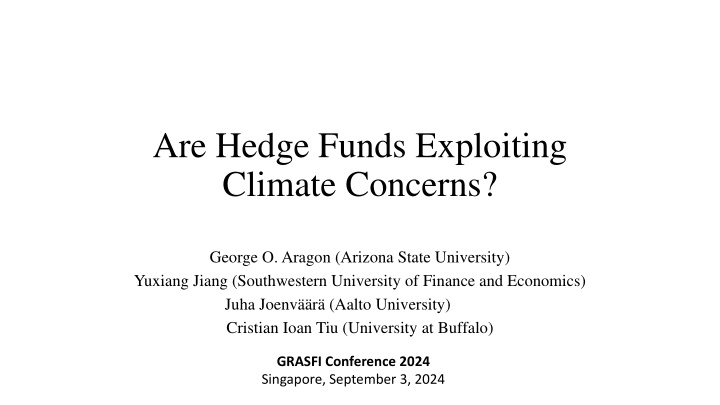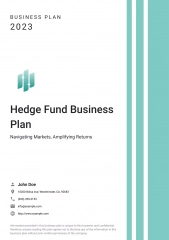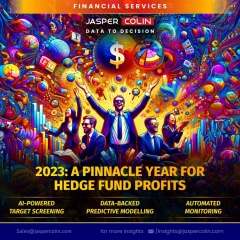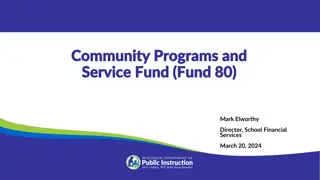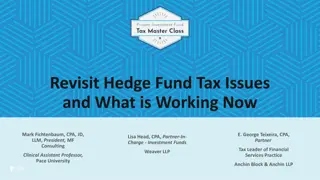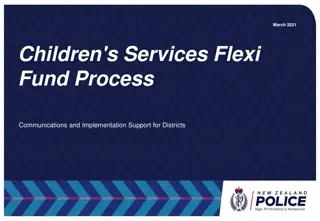Hedge Fund Exploitation of Climate Concerns
This study explores how hedge funds are navigating climate risks, seeking green opportunities, and potentially impacting market efficiency. Analyzing strategies, exposures, and performance, the research delves into the complex relationship between hedge funds and climate concerns.
Download Presentation

Please find below an Image/Link to download the presentation.
The content on the website is provided AS IS for your information and personal use only. It may not be sold, licensed, or shared on other websites without obtaining consent from the author.If you encounter any issues during the download, it is possible that the publisher has removed the file from their server.
You are allowed to download the files provided on this website for personal or commercial use, subject to the condition that they are used lawfully. All files are the property of their respective owners.
The content on the website is provided AS IS for your information and personal use only. It may not be sold, licensed, or shared on other websites without obtaining consent from the author.
E N D
Presentation Transcript
Are Hedge Funds Exploiting Climate Concerns? George O. Aragon (Arizona State University) Yuxiang Jiang (Southwestern University of Finance and Economics) Juha Joenv r (Aalto University) Cristian Ioan Tiu (University at Buffalo) GRASFI Conference 2024 Singapore, September 3, 2024
Motivation Three layers of ESG (focus on E only): Investor preference Speed up greenness via its cost of capital (Berk and Binsbergen (2024)) Outperform or hedge risks from climate change Climate risks are difficult to price and hedge Krueger, Sautner, and Starks (2020), Giglio, Kelly, and Stroebel (2021) Different approaches to construct hedge portfolios are proposed Engle, Giglio, Kelly, Lee, and Strobel (2020), Alekseev, Giglio, Maingi, Selgrad, and Stroebel (2022), Cao, Liu, and Zhang (2024)
Motivation (contd) Theory suggests that green risk premium < brown risk premium Heinkel, Kraus, and Zechner (2001), P stor, Stambaugh, and Taylor (2021) Actions by the rational arbitrageurs (HFs): Hedge funds should be willing to bear climate change exposures (Sautner, van Lent, Vilkov, and Zhang (2023)) Harvest a risk premium associated with carbon transition risk (Bolton and Kacperczyk (2021) (2023)) Investor preferences may have a price impact (P stor, Stambaugh, and Taylor (2022), Zhang (2023)) Hedge funds may exploit these temporary opportunities (thus buying stocks with low expected returns but the potential to generate high temporary returns) These actions may hamper market efficiency but make hedge funds money (Brunnermeier and Nagel (2004), Chen, Han, and Pan (2021))
Motivation (contd) Are hedge funds useful any longer?
Main results Heterogeneous exposures to climate risks in the cross section Green hedge funds outperform brown hedge funds Hedge funds have security selection skills Copycat of hedge funds green holdings generates alphas Put positions predict low returns of green stocks, mainly during periods of low climate concerns Hedge funds overweight low carbon emission intensity stocks, and stocks with fewer green patents Characteristics associated with higher stock returns (Zhang (2023), Andriosopoulos, Czarnowski, and Marshall (2022), Leippold and Yu (2023)) Hedge funds do not benefit from carbon transition premium (Bolton and Kacperczyk (2021)) Rather, from anticipating low future emissions (Zhang (2023)) Hedge funds green exposures predict investor flows
Data BarclayHedge, Eurekahedge, Hedge Fund Management, Hedge Fund Research, Lipper TASS, and Morningstar; from January 1994 to December 2022 Merged according to Joenv r , Kauppila, Kosowski, and Tolonen (2021): 32,321 total HFs, 7,593 alive Use Form PF classification (Credit, Equity, Event Driven, Relative Value, Macro, Managed Futures/CTA, Multi-strategy, and Others, excludes Macro and CTA) Use data from November 2012 to December 2022 (as P stor, Stambaugh and Taylor (2022) PST2022 GMB factor starts then) 3,750 funds of which 1,456 are alive 556 are UNPRI signers 80 are ESG Use PST2022 classification of Green (upper E tercile from MSCI) and Brown (bottom E tercile) Focus on pure HFs (ADV: more than 50% of clients are Other pooled investment vehicles ) Pollute-minus-Clean (Huij, Laurs, Stork, and Zwinkels (2023)) as an alternative to GMB
HFs exposure to green Very heterogeneous in the cross section, while average beta is close to zero
Performance of green vs. brown HFs Green outperforms
GMB beta sorts Green hedge funds outperform brown hedge funds
GMB t-stat sorts Similar results when sorting hedge funds by t-stats
Equity funds vs. non-Equity funds Outperformance is mainly from hedge funds with the equity focus Equity funds Non-Equity funds
Pollutive-minus-Clean sorts Results based on PMC betas and t-stats are consistent
Green exposures Hedge funds exposed to green stocks (or clean stocks) outperform Not due to mechanical exposures to GMB or PMC factors Similar results after controlling for GMB or PMC factors
UNPRI vs. non-UNPRI No superior returns from green UNPRI hedge funds, consistent with Liang, Sun, and Teo (2022) For self-reported ESG hedge funds, there is a larger spread between green funds and brown funds
Fama MacBeth: GMB beta GMB beta is positively and significantly related to returns
Fama MacBeth: t-stat T-stats of GMB betas are also positively and significantly related to returns
Why do green hedge funds outperform? We analyze holdings data Do green hedge funds hold green stocks? (Lettau, Ludvigson, and Manoel, 2018) Two copycat portfolios: Green stocks owned by hedge funds (green copycat) Brown stocks owned by hedge funds (brown copycat) Two benchmark portfolios: One for green stocks (green benchmark) The other for brown stocks (brown benchmark)
Green funds and green holdings Green hedge funds tend to hold more green stocks
Copycats Green copycat alpha is 30% more than the green benchmark alpha, while brown copycat delivers no alpha
Copycats (contd) UNPRI green copycat does not outperform the green benchmark Green, and green minus brown outperform during periods of high climate concerns Green copycat outperforms green benchmark during periods of low climate concerns
Selection skill - options Put option positions have significant predictive power for green stock returns Mainly during periods of low climate concerns
Characteristics of hedge fund holdings Hedge funds overweight low-emission stocks, and stocks with fewer green patents These characteristics are associated with higher returns (Zhang (2023), Andriosopoulos, Czarnowski, and Marshall (2022), Leippold and Yu (2023)) Same for the brown tilt (brown copycat brown market)
Flows Both GMB beta and its t-stat positively predict fund flows Predictive power disappears for UNPRI and ESG hedge funds during late period Stronger results for 13F hedge funds
Investors returns Managers capture most of economic rents
Conclusions Hedge funds vary in exposures to climate risks Hedge funds performance benefits from green exposures Hedge fund copycat of green holdings (put position) predicts subsequent high (low) stock returns security selection skills Hedge funds overweight stocks with low carbon emission intensity and fewer green patents Hedge funds green exposures predict investor flows
